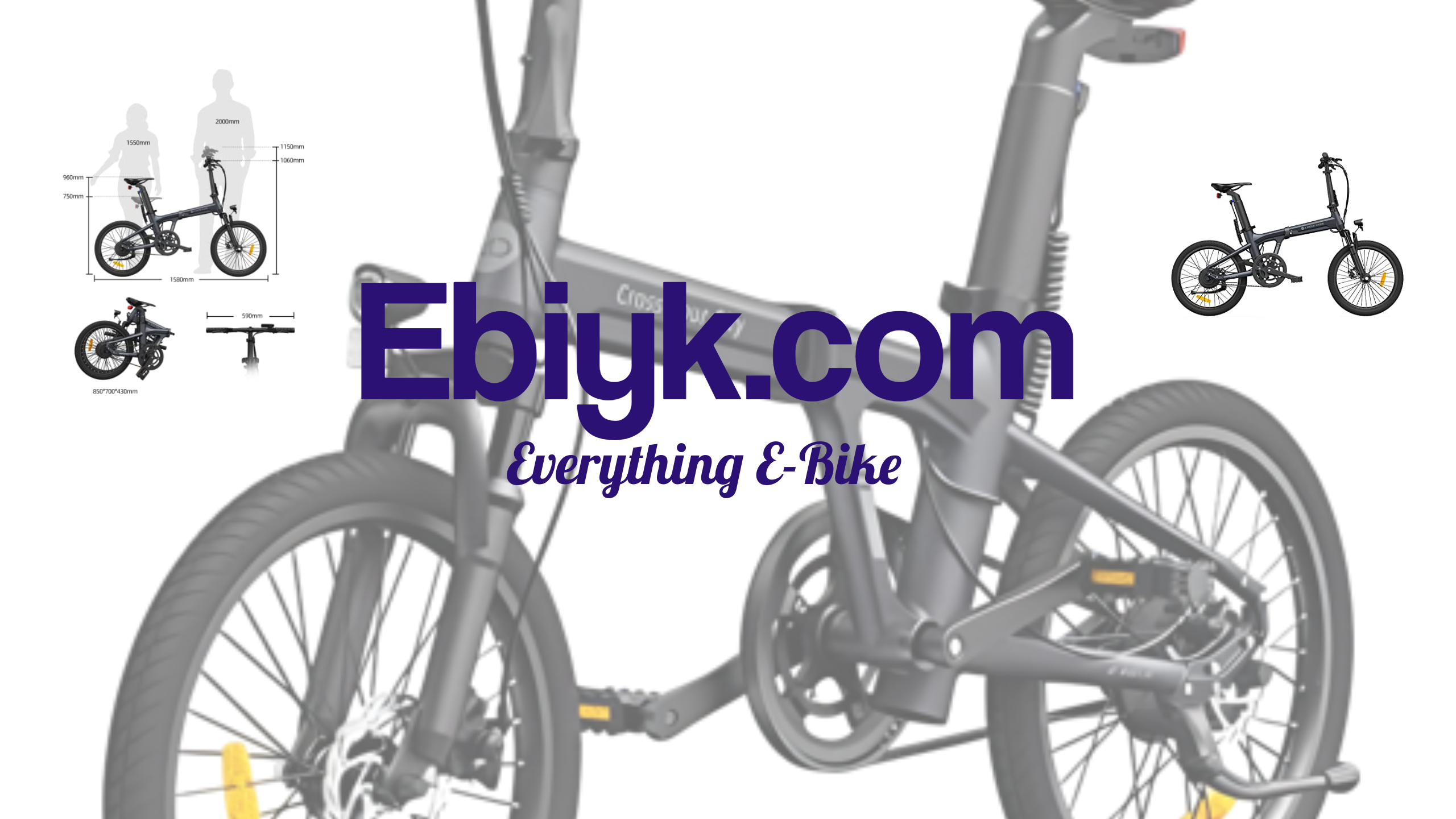Understanding Class 3 Ebikes: How Fast Can They Go?
Class 3 Ebikes, also known as speed pedelecs, are the fastest legal electric bikes on the market. According to the federal law in the United States, Class 3 Ebikes are limited to 28 miles per hour (45 kilometers per hour) speed limit.
In some states, however, the speed limit for Class 3 Ebikes may be lower, usually around 20 miles per hour (32 kilometers per hour). It's important to check the local laws before riding a Class 3 Ebike to avoid any legal issues and ensure your safety on the road.
The speed limit of Class 3 Ebikes is achieved through a combination of pedal power and electric motor assistance. At full throttle, the electric motor can provide up to 750 watts of power. Riders must pedal to activate the motor, and the motor will assist the rider until the speed limit is reached.
It's essential to note that Class 3 Ebikes are intended for use on the road and not off-road. They are a great alternative to a car for those who want to save money on gas and avoid traffic congestion. Also, they are an environment-friendly way of commuting.
In conclusion, Class 3 Ebikes are the fastest and most advanced electric bikes on the market. They are designed to be used primarily on the road and can reach speeds of up to 28 miles per hour. However, it's important to be aware of local laws and regulations to avoid any legal issues when riding a Class 3 Ebike.
Exploring the Speed Capabilities of Class 3 Electric Bikes
Class 3 electric bikes are capable of achieving speeds of up to 28 miles per hour, making them the fastest type of electric bike available on the market. However, it is important to note that these speeds can only be achieved while the rider is actively pedaling. Class 3 electric bikes are also equipped with a pedal-assist system, which means that the motor only kicks in when the rider is pedaling, providing an added boost of power. This is different from a throttle-based system, which allows the rider to control the speed of the bike with a hand throttle.
One of the advantages of class 3 electric bikes is that they can help riders maintain a higher average speed compared to traditional bikes without exerting as much effort. This makes them an ideal choice for commuters who need to cover longer distances or tackle hilly terrain without arriving at their destination sweaty and exhausted. Class 3 electric bikes can also be a great option for recreational riders who want to explore more challenging terrain without having to worry about the effort required to navigate hills and other obstacles.
When it comes to their top speed, class 3 electric bikes can be just as fast as many motorized vehicles on the road, making them an attractive option for those who want to bypass traffic or make quick trips around town without having to worry about parking. However, it is important to note that in many areas, class 3 electric bikes are subject to the same traffic laws as traditional bicycles, which means that riders may need to use designated bike lanes or follow other rules of the road.
Overall, the speed capabilities of class 3 electric bikes can make them an attractive option for a wide range of riders. Whether you are looking for a faster way to commute or simply want to tackle more challenging terrain without exerting as much effort, a class 3 electric bike could be a great choice.
Breaking Down the Regulations: Maximum Speed for Class 3 Ebikes
Class 3 electric bikes, also known as “speed pedelecs,” are designed to provide electric assistance up to 28 miles per hour. However, there are certain regulations that riders of Class 3 ebikes need to be aware of.
According to the federal law, the maximum speed for a Class 3 ebike is 28 miles per hour when powered solely by a motor. If the rider is pedaling, the motor can continue to provide assistance but the maximum speed cannot exceed 28 miles per hour. Beyond this speed, a Class 3 ebike would no longer be considered a bicycle and would be subject to the regulations for mopeds or motor vehicles, including registration, licensing, insurance, and helmet laws.
It’s important to note that state and local regulations can vary, and riders should always check their local laws before taking their Class 3 ebike out on the road. Some states may have lower maximum speeds for Class 3 ebikes, or require additional equipment such as turn signals or rearview mirrors.
Riders of Class 3 ebikes should also be aware of the importance of wearing a helmet. While federal law does not require helmet use for Class 3 ebike riders, some states and municipalities may have their own helmet laws in place.
Overall, riders of Class 3 ebikes should always prioritize safety and follow all applicable regulations to ensure a safe and enjoyable ride.
